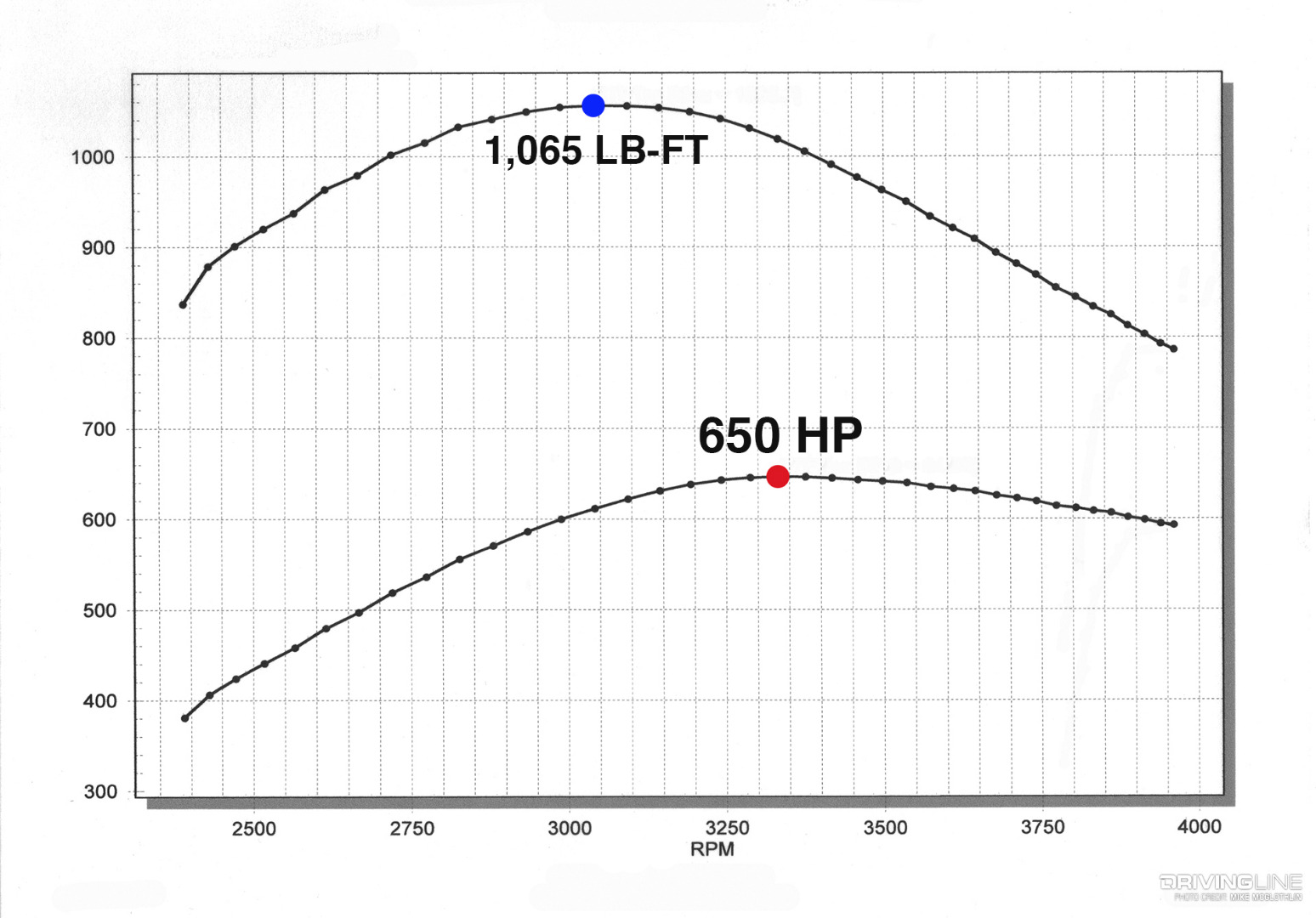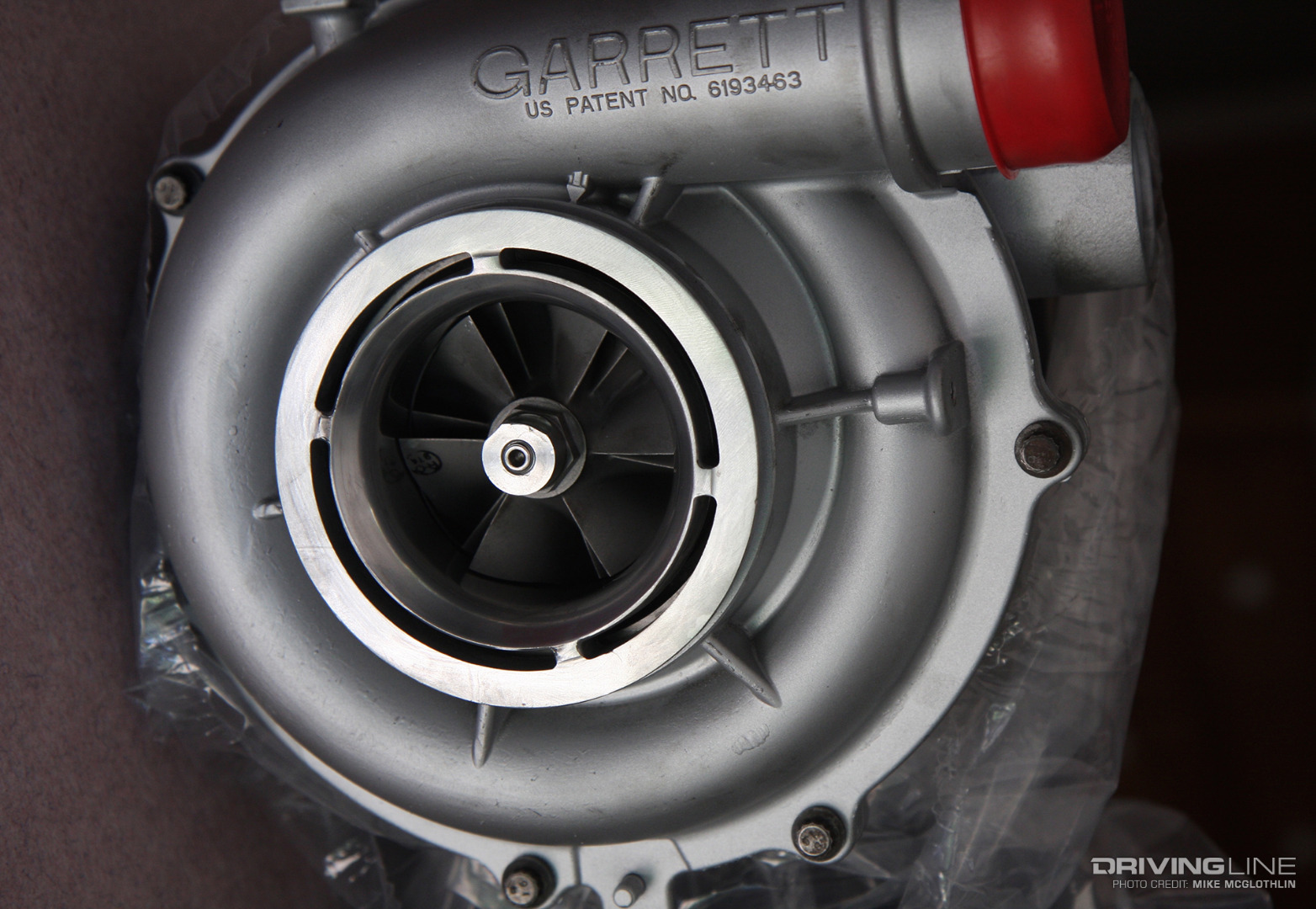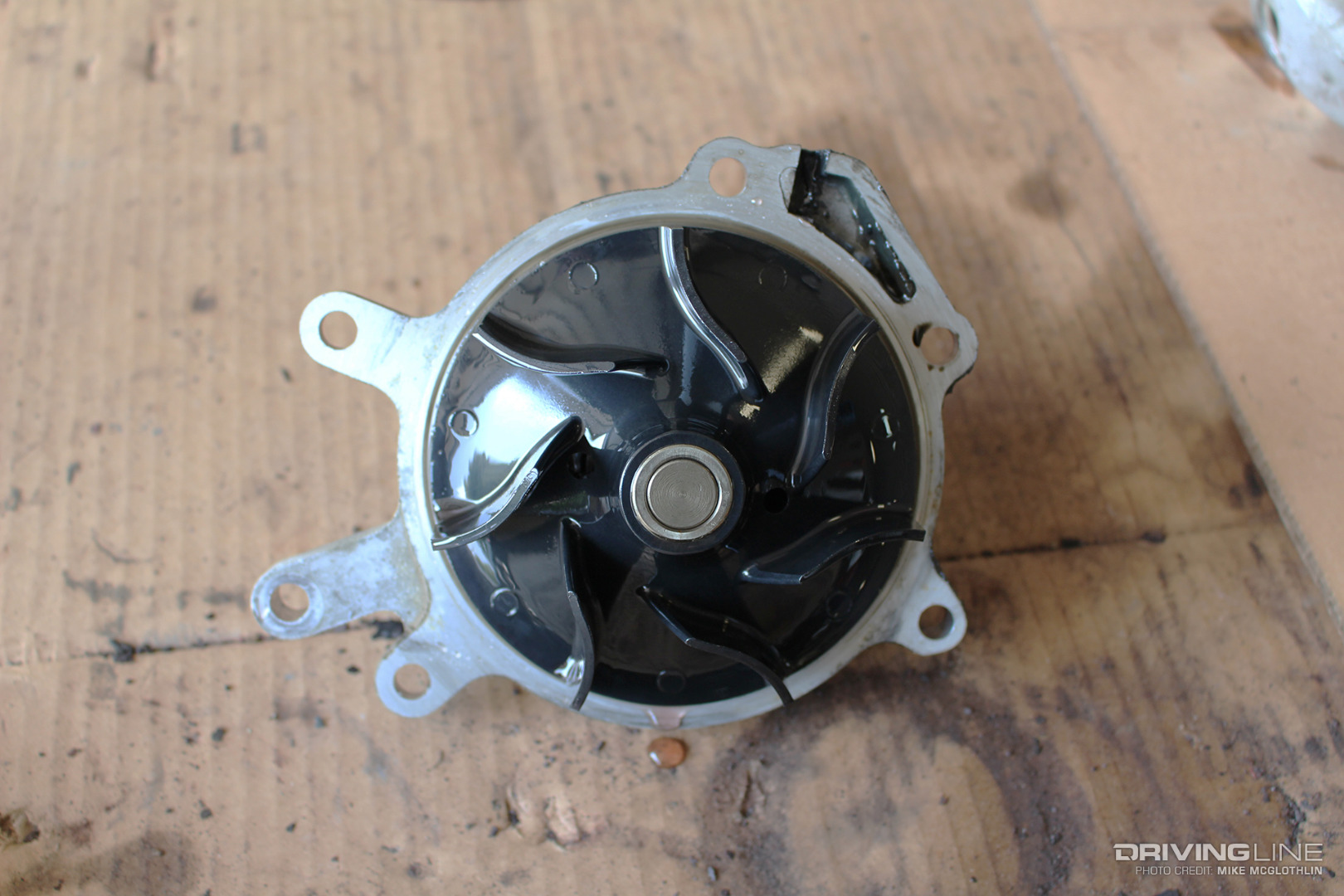By the time the LBZ came along, the LB7’s injector issues had long been solved and the overheating issues associated with the LLY were a thing of the past. This engine’s beefier block casting, stronger connecting rods, higher pressure common-rail fuel system and updated ECM arguably made it the most powerful, drivable, reliable and tunable Duramax to date. Right out of the box, the LBZ produced 360hp and 650 lb-ft of torque. During this time frame (’06-‘07), these numbers not only outperformed the 6.0L Power Stroke’s 325hp and 570 lb-ft, but they beat out the 325hp and 610 lb-ft figures put up by the 5.9L Cummins as well. The LBZ was also the first Duramax to be coupled to the six-speed Allison 1000 automatic, which proved capable of handling more power than the five-speed version that preceded it.
In a classic case of not knowing what they had until it was gone, diesel enthusiasts longingly remember the LBZ as the last Duramax built before the modern day emissions crunch kicked in, which spawned pollution control technology that reduced fuel economy and greatly hampered long-term engine durability. As such, LBZ-laden Chevrolet Silverado and GMC Sierra HDs continue to hold their value, despite being 12 years removed from production. To be sure, the LBZ mill wasn’t without its faults. Even though its connecting rods were the strongest found in any Duramax up to that time, the pistons weren’t up to the task of surviving in higher horsepower applications. Although the variable geometry Garrett GT3788VA turbo had been introduced on the LLY, its sticking issues had yet to be ironed out.
Below, we’ll go over all the ups and a few (very few) of the downs associated with what has become arguably the most highly sought after Duramax ever built.
LBZ Hard Facts
| Production | 2006-2007 | Valvetrain | OHV, four-valves per cylinder, single cam |
| Design | 90-degree V8 | Injection System | Bosch high-pressure common-rail, direct injection |
| Bore | 4.06 inches | Injectors | Bosch solenoid (outside valve cover) |
| Stroke | 3.90 inches | Injection Pump | Bosch CP3 |
| Displacement | 6.6L (403 ci) | Turbocharger | Garrett GT3788VA VVT |
| Compression Ratio | 16.8:1 | Intercooler | Air-to-air |
| Block | Deep-skirt, cast-iron (gray iron alloy) | Emissions | Exhaust gas recirculation (EGR), diesel oxidation catalyst (DOC) |
| Rods | Forged-steel, fractured (cracked) cap | Horsepower | 360hp at 3,200 rpm |
| Pistons | Cast-aluminum | Torque | 650 lb-ft at 1,600 rpm |
| Heads | Cast-aluminum with six 14mm diameter head bolts per cylinder (with sharing) |
Stronger Block

Preparing for added horsepower and torque over the outgoing LLY, GM cast slightly more webbing into the main bearing regions of the LBZ’s gray-iron block. Taller main bearing caps and 4mm deeper bores for the main cap bolts were also employed. To make way for the deeper main bolt holes, the main and cam bearing oil feed holes were made 2mm smaller with no detrimental effect on engine cooling or long-term operation. Minor alterations were made to the crankshaft as well, along with the use of a different reluctor wheel.
Stronger Rods

Though the LBZ’s rods were still forged from steel and made with a cracked-cap design, more meat exists in the lower section (big end) of the rod than what you’ll find on LB7 or LLY rods. In the diesel performance world, this added strength equates to them handling as much as 100hp (or roughly 200 lb-ft) more than the LB7/LLY units. Naturally, the beefier I-beam style rods bring more mass to the rotating assembly (1,173 grams apiece vs. 1,155 grams for an LB7/LLY rod), but the additional mass seems to be well-placed. It’s rare to find a bent rod when a modified LBZ is torn apart. The pistons are another story.
Weaker Pistons

Whereas the rods were the weak link in the LB7 and LLY mills, things flip-flopped in the LBZ. The cast-aluminum pistons are highly susceptible to cracking when higher power levels are seen. Most failures occur in engines saddled with larger injectors and that have been graced with a larger turbo (or even compounds). As is shown in the photo above, almost all pistons crack along the center line of the wrist pin beneath it. When a piston lets go, you definitely know it, as it’s accompanied by a nasty miss, excessive blow-by and smoke out the exhaust.
650RWHP or Lower

Even though the general consensus in the diesel aftermarket is to stay at or below 650rwhp with any LBZ-powered truck, we’ve seen tuner-only engines and even some bone-stock LBZs crack a piston in the past. This adds weight to the theory that quality control issues existed during the piston casting process. GM is rumored to have switched production plants midway through LBZ production and that the new foundry experienced inconsistencies with its metallurgy, which had devastating consequences to those that chose to modify their trucks, and even for some that left them completely stock.
Trouble at the Wrist Pin

The LBZ piston’s use of wrist pin bushings is also believed by many to be a contributing factor in OEM piston failure, along with a thinner wrist pin being utilized. By comparison, the LB7 and LLY pistons weren’t fitted with wrist pin bushings. In the image above, a thicker, LB7 wrist pin has been installed in a Mahle cast-aluminum replacement piston bound for a cylinder in a rebuilt LBZ. To the left of it, a factory LBZ wrist pin is shown. On top of the wrist pin issues, some engine builders conclude that the OEM pistons receive inadequate cooling in performance applications, where they’re often subjected to tremendous heat.
Higher Pressure

One of the ways GM was able to up the horsepower and torque ante over the LLY came in the form of cranking up the pressure of the common-rail system. For the LBZ, maximum pressure in the injection system was increased to 26,000 psi (vs. 23,000 psi on the LB7/LLY mills). The job of creating that pressure was again left up to the Bosch CP3. The higher-pressure version used on the LBZ moves 195 to 200-lph worth of fuel (as we’ve seen tested on a flow bench) and is a very desirable pump in the aftermarket, especially when a second CP3 is added to any Duramax engine.
New Injectors

Complementing the higher-pressure CP3 were new fuel rails and improved injectors. Still supplied by Bosch and still of a solenoid-style design, the injectors remained accessible from outside the valve covers on the LBZ. However, the injector body diameter changed from what was available on the LLY (so they aren’t interchangeable) and they were equipped with a revised seven-hole nozzle.
Larger Turbo Inlet Manifold

Instead of bottlenecking airflow into the compressor side of the turbocharger like what had been done on the LLY, the LBZ came with a much larger turbo inlet manifold. As a result, the turbo isn’t forced to labor as much to build boost. This means the larger diameter pipe and smoother transition provide considerably cooler intake and exhaust temps for the engine, not to mention that it improved responsiveness.
Sticking Turbos

Fairly similar to what many 6.0L Power Stroke owners experience, the Garrett GT3788VA VVT is known for its turbo vanes sticking from time to time. It happens when corrosion and carbon accumulation cause the unison ring (the piece within the exhaust housing that moves all of the vanes in unison) to seize in place or not allow full travel. Either scenario leads to poor drivability and, while the turbo can sometimes un-stick itself under spirited driving, the most cost-effective way to solve the problem is to remove the turbo, pull it apart and have it cleaned.
Plastic Impeller Water Pump

After phasing plastic impeller water pumps in on late model LLY engines, all LBZs left the factory with them. While the plastic impellers, which are pressed onto the pump’s steel shaft, lower inertia and tend to reduce the risk of failure at high engine rpm, they can spin on the shaft and cause overheating issues (namely while cruising). Once cavitation sets in on higher-mileage engines, the plastic impellers are more prone to damage and failure, too. However, having said that, most plastic impeller water pumps still manage to last between 150,000 and 200,000 miles. And when they fail it’s usually due to a bad pump seal—not the plastic impeller.